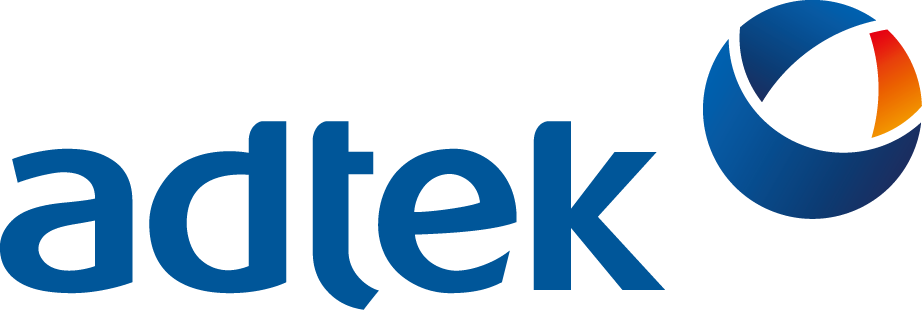OFC 2025 Insights – 2 :Are we Ready for Hollow Core Fiber Networks?
Rodrigo Amezcua Correa, Relativity Networks, USA
Paolo Dainese, Corning, USA
Russell Ellis, Microsoft, United Kingdom
Kerrianne Harringtone, University of Bath, United Kingdom
Matěj Komanec, CTU, Prague, Czech Republic
Andrew Lord, BT, United Kingdom
Kazunori Mukasa, Furukawa, Japan
Mohammad Pasandi, Ciena, Canada
Pierluigi Poggiolini, Politecnico di Torino, Italy
Yingying Wang, Linfiber and Jinan University, China
YOFC
China Telecom
Sumitomo (Sato)
